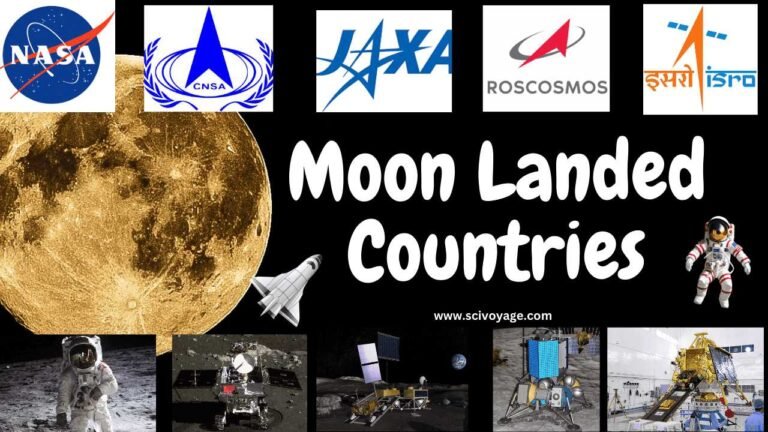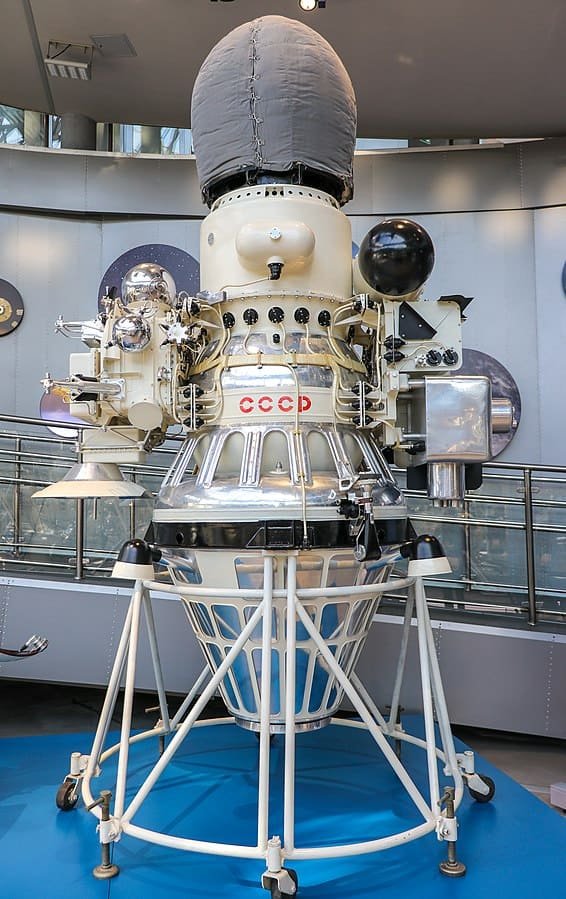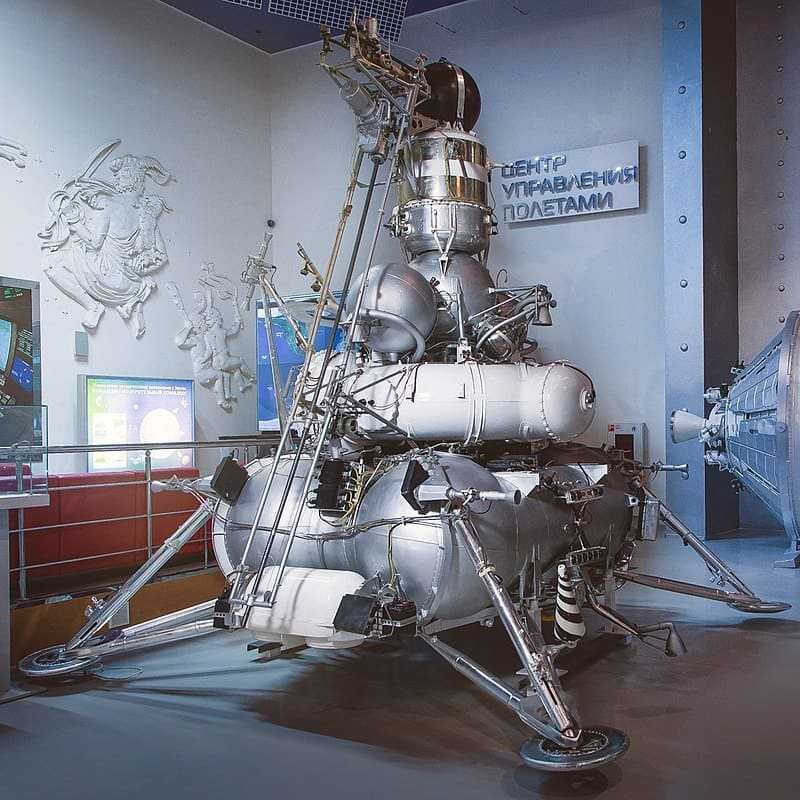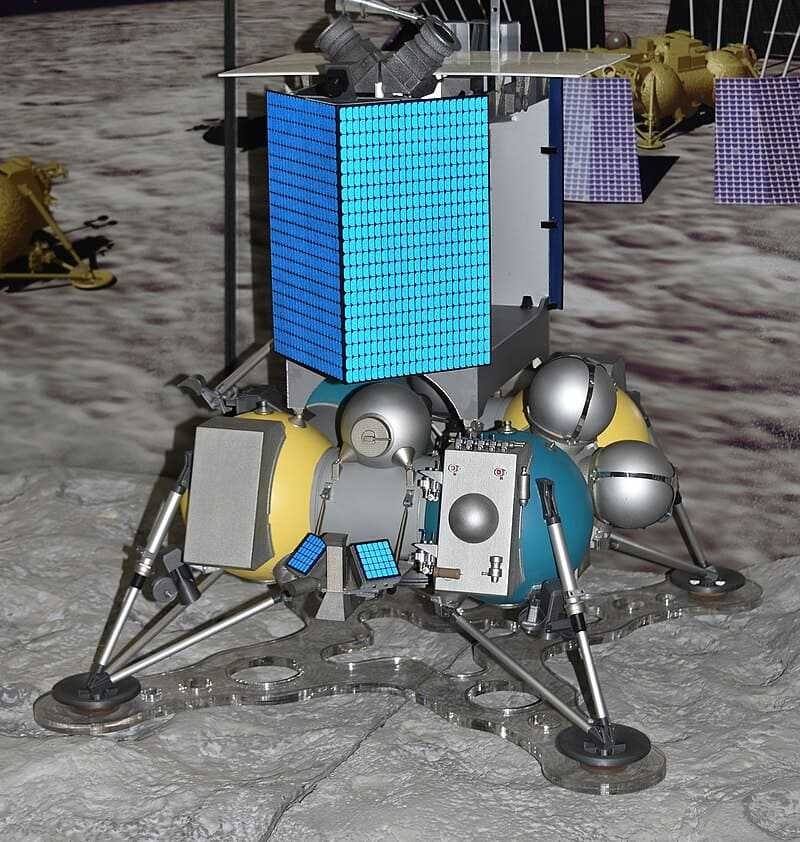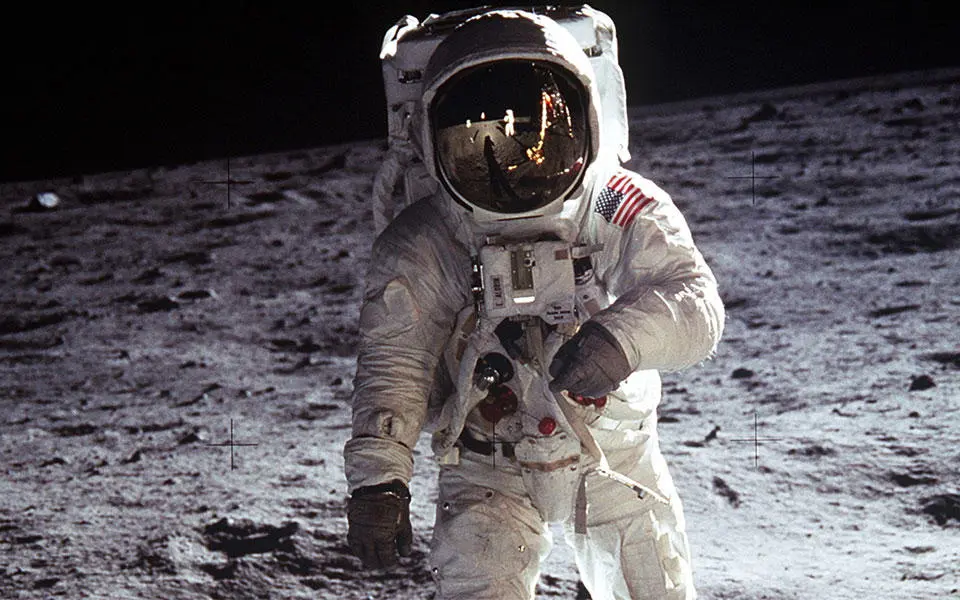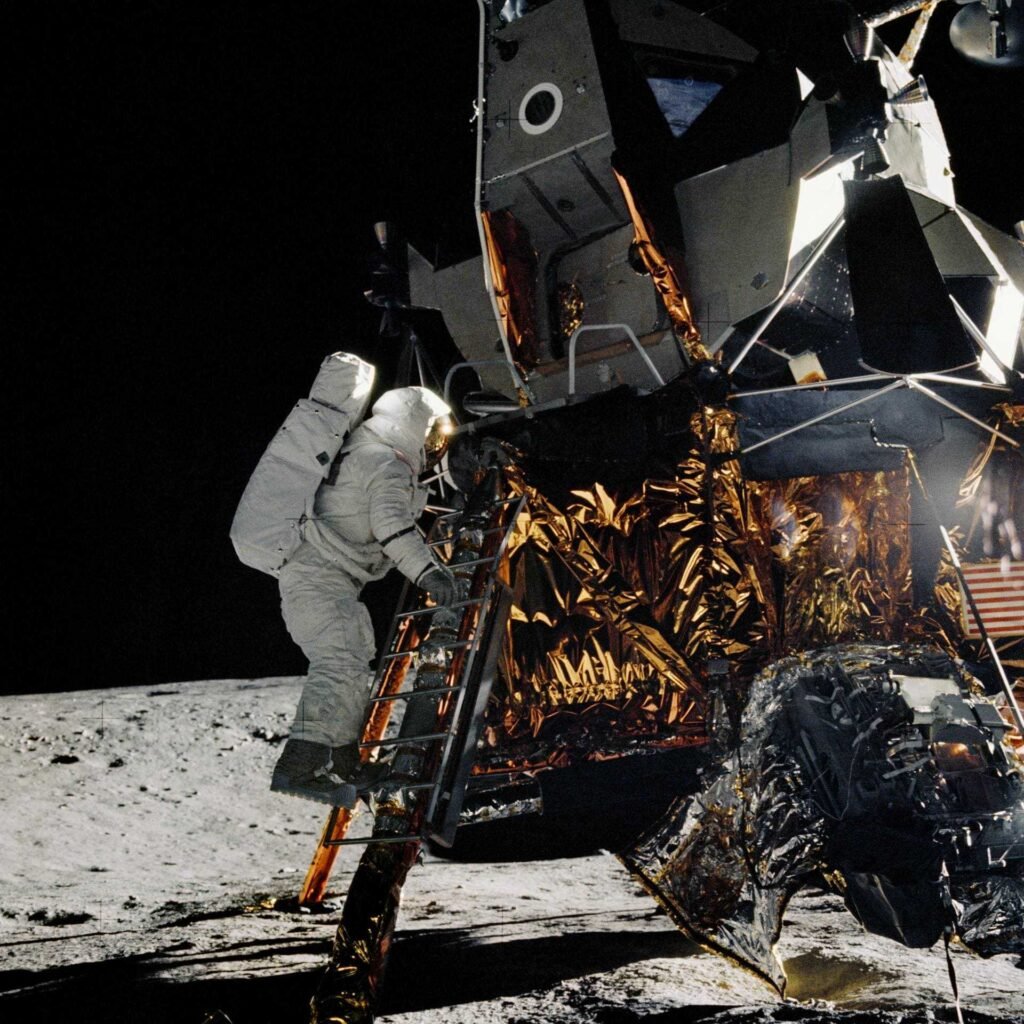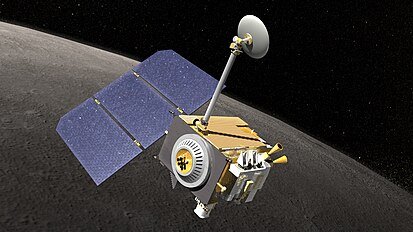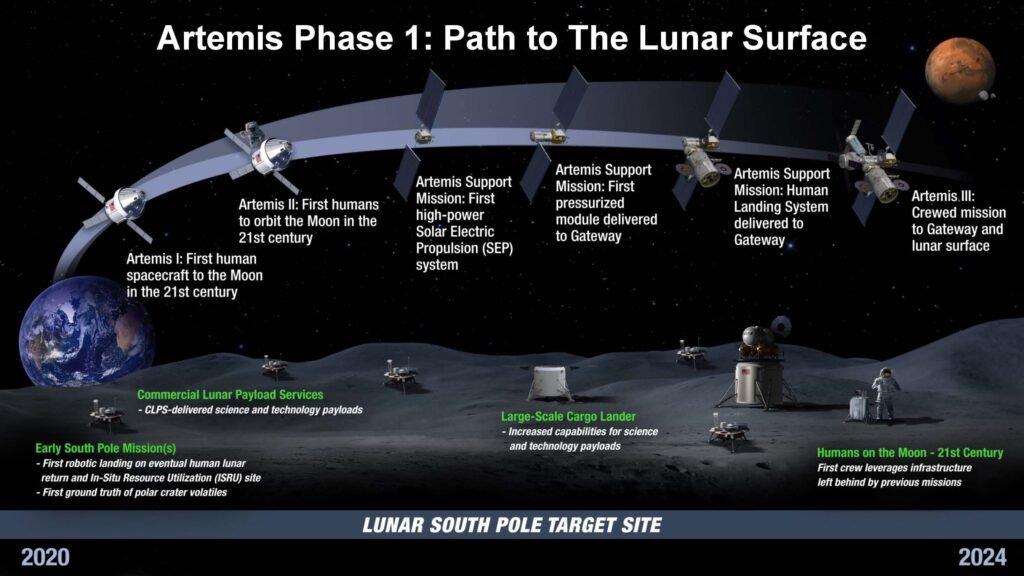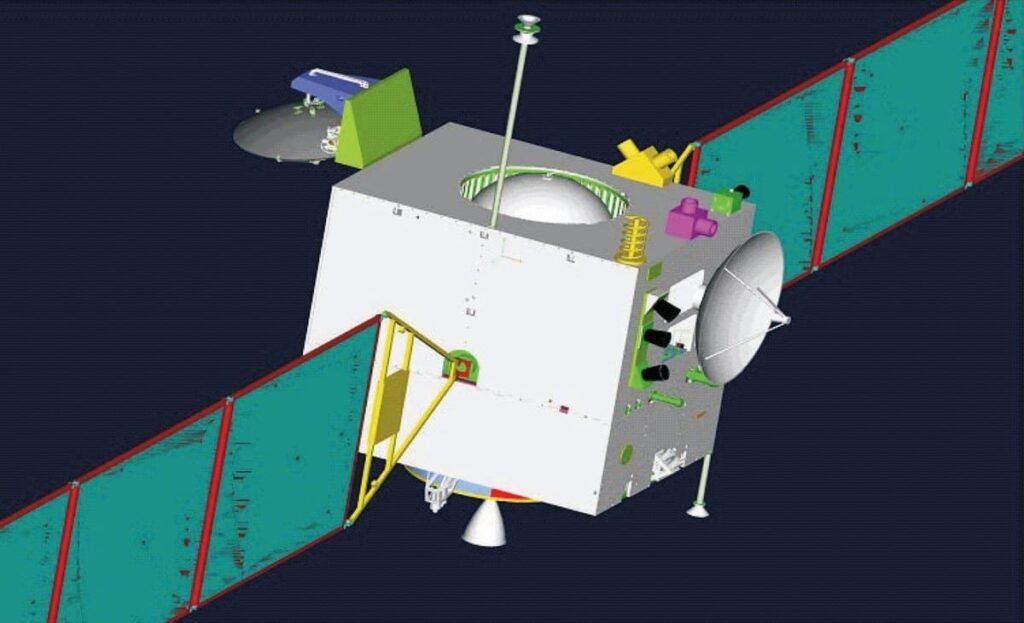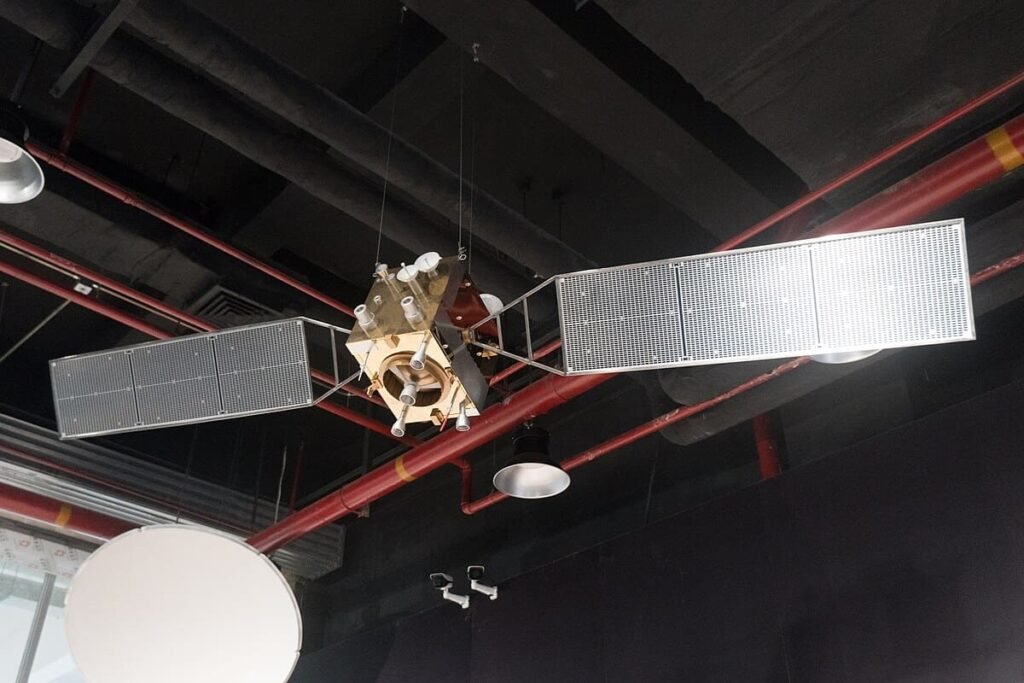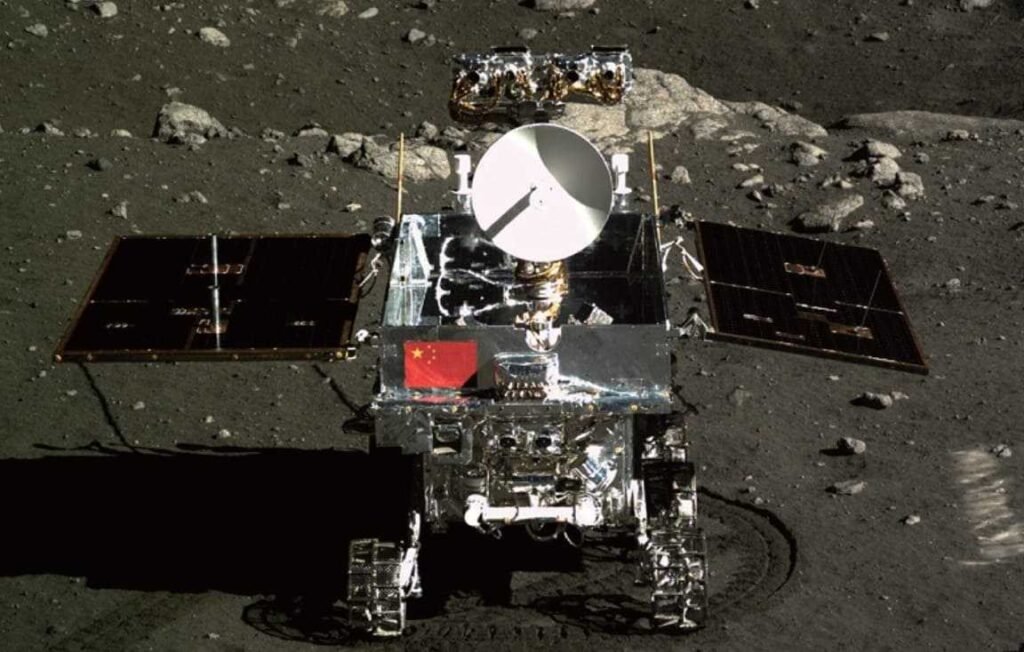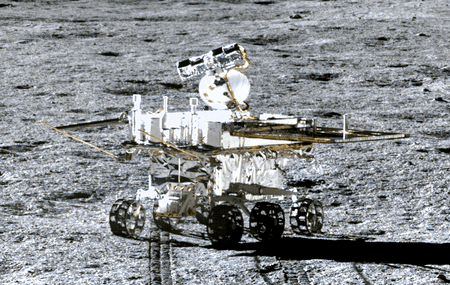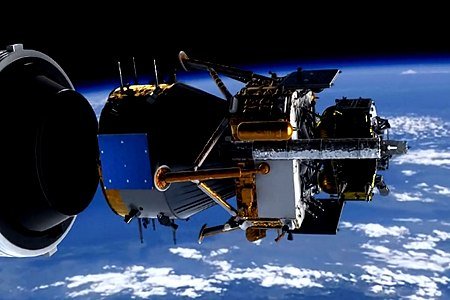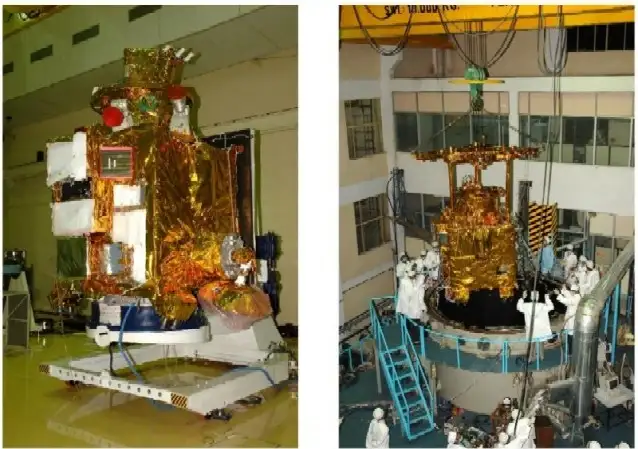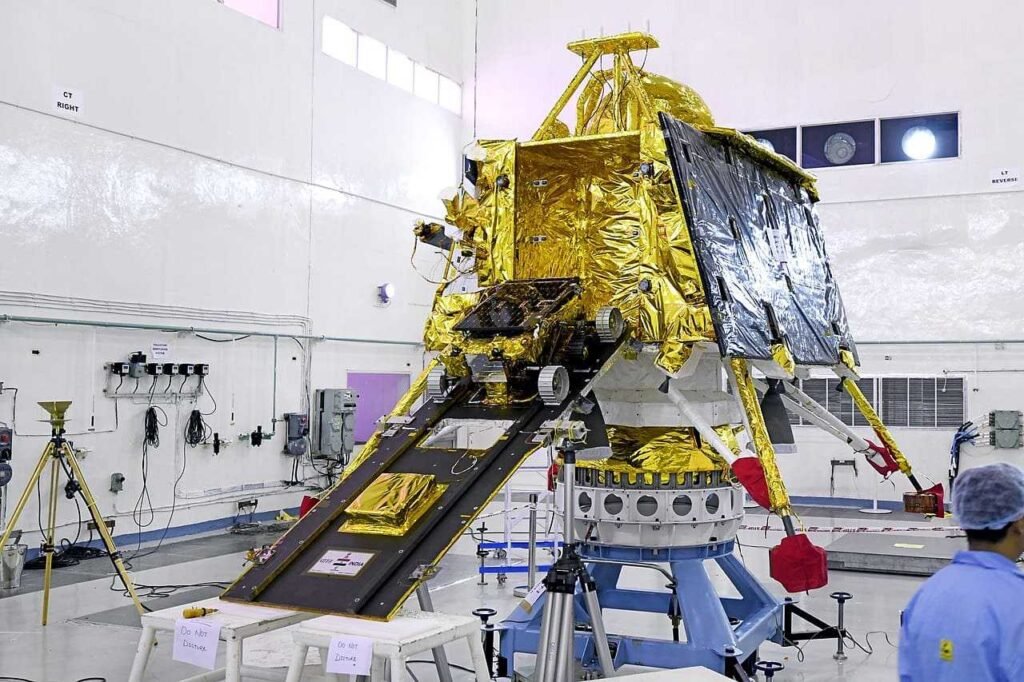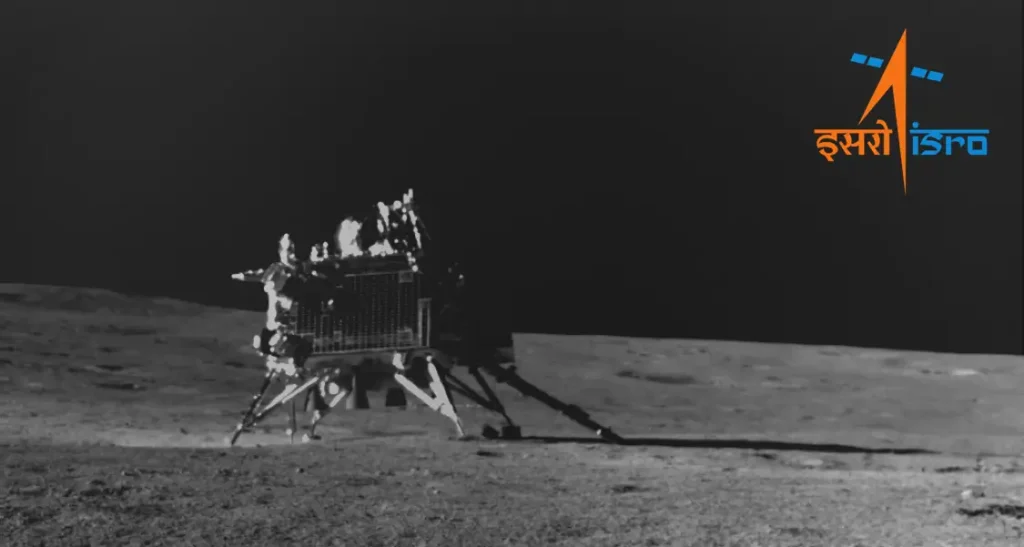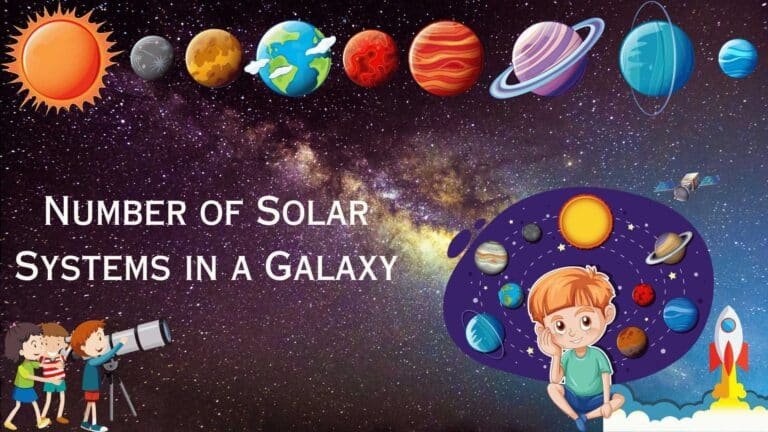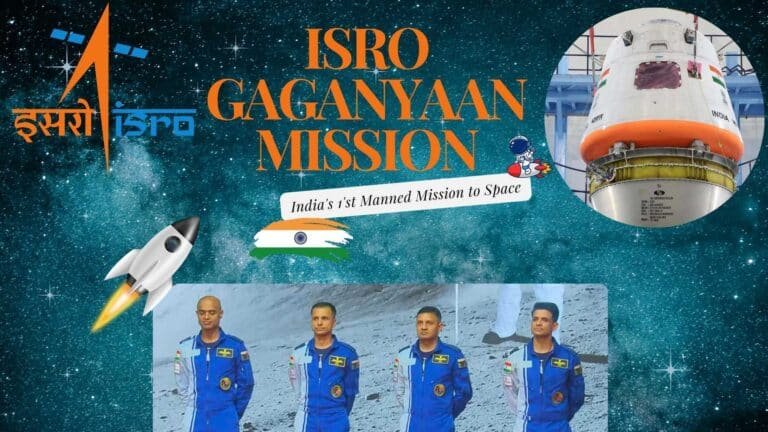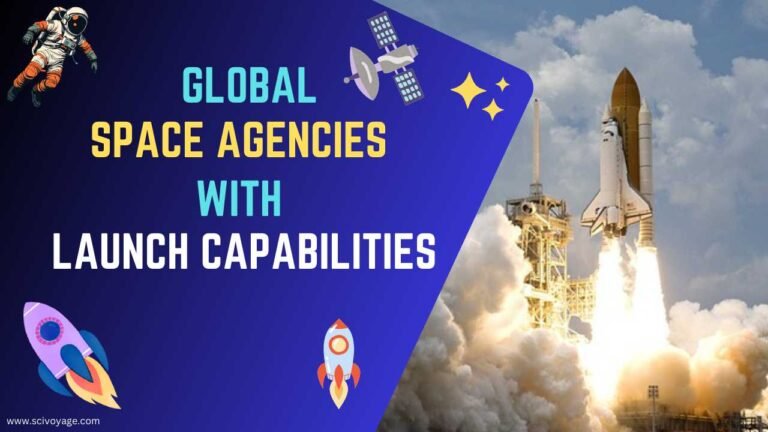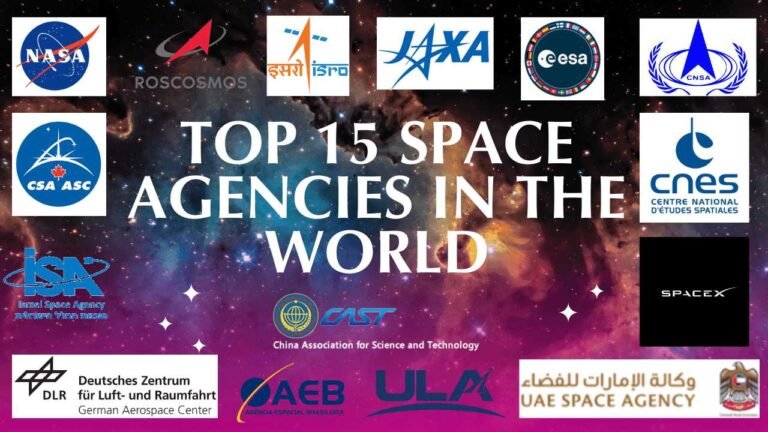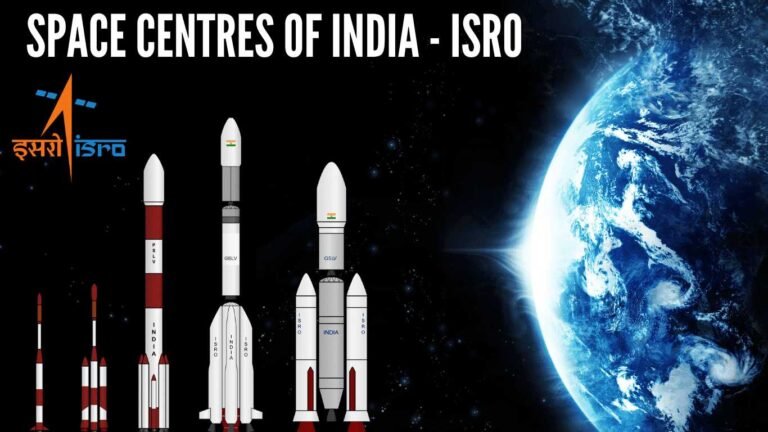Introduction
The ”List of Moon Landed Countries” includes a wide range of achievements and challenges and there are only five nations The Soviet Union (Interkosmos), the United States (NASA), China (CNSA), India (ISRO), and Japan (JAXA) have successfully achieved soft landings on Moon.
The Moon, our celestial neighbor, Over the years, these countries and organizations have made remarkable strides in lunar exploration. In this article let’s explore the list of moon landed countries that have successfully landed on the Moon.
Soviet Union (Russia)
Russia, under the banner of the Soviet Union, has left an indelible mark on space exploration. Among its notable achievements is the Luna program, which aimed to explore the Moon through a series of robotic missions.
Let’s delve into the details of Russia’s soft-landed lunar mission and its significance.
Luna Program Overview
The Luna program spanned from January 1963 to December 1966 and involved a total of thirteen attempts at lunar landings. While most of these attempts ended in failure, two successful soft landings stand out as remarkable achievements.
Luna 9: The First Successful Soft Lunar Landing
Photo Credit : Roscosmos - Date: February 1966
- Achievement: Luna 9 became the first spacecraft to achieve a successful soft landing on the Moon.
- Details:
- Luna 9 transmitted the first-ever images of the lunar surface back to Earth.
- Its landing site was in the Ocean of Storms region.
- The lander carried scientific instruments to study the Moon’s composition and surface properties.
Luna 24: A Successful Return Mission
Photo Credit : Roscosmos - Date: 1976
- Achievement: Luna 24 successfully returned lunar soil samples to Earth.
- Details: Luna 24’s mission was to collect soil samples from the Sea of Crises region.
- After drilling into the lunar surface, it retrieved approximately 170 grams of soil. These samples provided valuable insights into the Moon’s geological history.
- Luna-25: Russia’s Recent Attempt
Photo Credit : Roscosmos - Date: August 2023
- Objective: Luna-25 aimed to be the first spacecraft to soft-land on the Moon’s South Pole.
- Outcome:
- Unfortunately, Luna-25 crashed into the lunar surface after spinning out of control.
- It encountered problems during its pre-landing orbit, leading to its failure.
- Luna-25 was expected to explore a region believed to contain frozen water and precious elements.
- This mission was Russia’s first lunar attempt since 1976.
- Significance and Challenges
- Luna-25’s crash is a setback for Roscosmos, Russia’s state space corporation.
- Russia faced stiff competition from India’s Chandrayaan-3, which was scheduled to land near the south pole just days after Luna-25.
- The Moon’s south pole remains intriguing due to its permanently shadowed regions, where water may exist.
- Despite the challenges, Luna-25 represents Russia’s renewed commitment to lunar exploration.
United States (NASA)
The United States, through its space agency NASA, has left an indelible mark on lunar exploration. From the early days of the space race to recent endeavours, American missions have significantly advanced our understanding of the Moon.
Let’s take a chronological tour of these historic moon missions:
Apollo Program (1960s-1970s)
Apollo 11
Photo Credit : NASA - Launch Date: July 16, 1969
- Achievement: The iconic Apollo 11 mission successfully landed humans on the Moon.
- Key Moment: Neil Armstrong and Buzz Aldrin took those historic steps, with Armstrong’s famous words: “That’s one small step for [a] man, one giant leap for mankind.”
Apollo Missions (Apollo 12-17)
Photo Credit : NASA - Six more Apollo missions followed, with a total of 24 astronauts visiting the Moon.
- Twelve astronauts walked on the lunar surface, conducting experiments and collecting samples.
Lunar Reconnaissance Orbiter (LRO)
Photo Credit : NASA - Launch Date: June 18, 2009
- Type: Orbiter
- Achievements: Detailed mapping of the Moon’s surface. Studying lunar resources and scouting landing sites for future missions.
Artemis Program (Ongoing)
Photo Credit : NASA - Objective: Return humans to the Moon and establish a sustainable presence.
Upcoming Missions:
- Artemis I: Uncrewed test flight.
- Artemis II: Crewed lunar flyby.
- Artemis III: First crewed landing since Apollo.
Odysseus: A Historic Return
- Date: February 22, 2024
- Achievement: Odysseus, a lunar lander by Intuitive Machines, touched down on the Moon’s south pole.
- Significance: First American mission to the lunar surface since 1972. Part of NASA’s Artemis program. Carries six NASA payloads for scientific research and analysis.
As we gaze at the Moon, we honor the pioneers who dared to explore its ancient surface. The U.S. continues to inspire generations, reaching for the stars and beyond.
Sources:
Also read – ISRO Space Centers in India
China (CNSA)
The Chinese Lunar Exploration Program (CLEP), spearheaded by the China National Space Administration (CNSA), represents a remarkable endeavour in lunar exploration. Named after the mythical Chinese Moon goddess Chang’e, this program aims to unravel the mysteries of our celestial neighbour. Let’s delve into the details of China’s lunar missions.
Program Overview
The CLEP encompasses a diverse set of missions, each contributing to our understanding of the Moon like :
- Lunar Orbiters: These spacecraft study the Moon from orbit, providing valuable data on its surface, composition, and gravitational field.
- Lunar Landers and Rovers: These missions involve soft landings on the lunar surface, deploying landers and rovers to explore specific regions.
- Sample Return Missions: Chang’e missions collect lunar soil and rock samples, bringing them back to Earth for analysis.
- Human Lunar Landing Plans: China aims to achieve a crewed lunar landing by 2030.
Notable Missions
Let’s highlight some key missions within the CLEP:
Chang’e 1 (2007)
Photo Credit :CNSA - Launched in October 2007, Chang’e 1 was China’s first lunar spacecraft.
- Conducted detailed observations of the Moon from orbit, mapping its topography and mineral distribution.
Chang’e 2 (2010)
Photo Credit :CNSA - Launched in October 2010, Chang’e 2 continued lunar exploration.
- Captured high-resolution images of the lunar surface, aiding future landing site selection.
Chang’e 3 (2013)
Photo Credit : CNSA - In December 2013, Chang’e 3 achieved a historic milestone: a soft landing on the Moon.
- Deployed the Yutu rover, which explored the Mare Imbrium region.
Chang’e 4 (2019)
Photo Credit :CNSA - Launched in December 2018, Chang’e 4 made history by landing on the far side of the Moon.
- Explored the South Pole-Aitken Basin, a large impact crater.
Chang’e 5 (2020)
Photo Credit :CNSA - Chang’e 5, launched in 2020, aimed to collect lunar samples.
- Landed in the Mons Rumker area within the Oceanus Procellarum (Ocean of Storms).
- Successfully returned 1,731 grams (61.1 ounces) of lunar material to Earth.
Future Plans
China’s lunar ambitions continue:
- Chang’e 6 (2024): A sample return mission targeting the lunar south pole.
- Chang’e 7 (2026): A comprehensive mission involving landers, rovers, and an orbiter.
- Chang’e 8 (2027): A mission to test technologies for future crewed landings.
In summary, China’s lunar exploration program combines cutting-edge technology, scientific curiosity, and the spirit of exploration. As we look to the skies, we eagerly await the next chapter in humanity’s lunar saga.
Also read – Top 5 Private Space Companies in India
India (ISRO)
India’s Chandrayaan programme, led by the Indian Space Research Organization (ISRO), is a remarkable endeavour in lunar exploration. Named after the Sanskrit words for “Moon” (Chandra) and “craft” (yāna), this program aims to unravel the mysteries of our celestial neighbour. Let’s delve into the details of India’s lunar missions.
Program Overview
The Chandrayaan programme incorporates a diverse set of missions:
- Lunar Orbiter: These spacecraft study the Moon from orbit, providing valuable data on its surface, composition, and gravitational field.
- Lunar Impactor: These missions involve impacting the Moon’s surface to study its subsurface properties.
- Soft Lander and Rover: These missions aim to gently land on the lunar surface and deploy rovers for exploration.
Notable Missions
Let’s highlight key missions within the Chandrayaan programme:
Chandrayaan-1 (2008)
Photo Credit :ISRO - Launched in October 2008, Chandrayaan-1 was India’s first lunar spacecraft.
- Conducted detailed observations of the Moon from orbit, mapping its topography and mineral distribution.
Chandrayaan-2 (2019)
Photo Credit : ISRO - Launched in July 2019, Chandrayaan-2 aimed for a soft landing on the Moon.
- Unfortunately, the first lander and rover crashed on the lunar surface.
- However, the orbiter continues to provide valuable data.
Chandrayaan-3 (2023)
Photo Credit :ISRO - Launched in July 2023, Chandrayaan-3 successfully landed on the Moon.
- India became the fourth country to achieve a soft landing on the Moon, after the US, the former Soviet Union, and China.
- The mission explored the lunar South Pole region.
Future Plans India’s lunar ambitions continue:
- Robotic Missions: Feasibility studies are underway for further missions involving orbiters, landers, and rovers.
- Sample Collection and Return: These advanced objectives will pave the way for human landings on the Moon.
In summary, India’s Chandrayaan programme combines scientific curiosity, technological prowess, and the spirit of exploration. As we gaze at the Moon, we eagerly await the next chapter in our lunar saga.
Japan (JAXA)
Japan has been actively involved in lunar exploration through its space agency, the Japanese Aerospace Exploration Agency (JAXA).
Let’s delve into Japan’s Lunar Exploration Missions: From SLIM to LUPEX:
Smart Lander for Investigating Moon (SLIM)
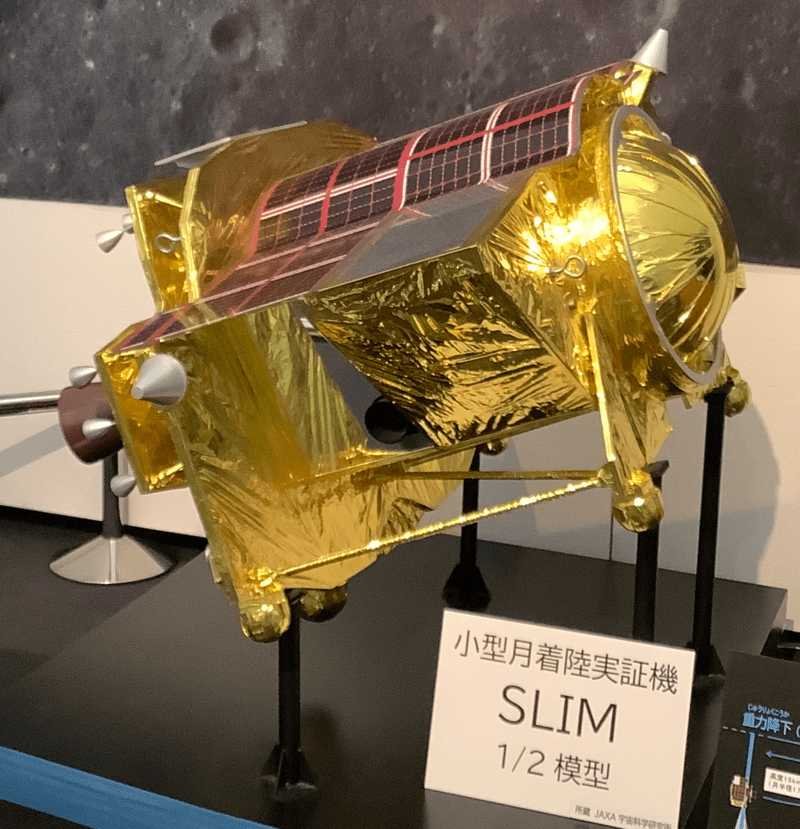
Overview:
- Mission Type: Lunar lander and lunar rover.
- Operator: Japan Aerospace Exploration Agency (JAXA).
- Launch Date: September 6, 2023.
- Landing Date: January 19, 2024.
- Achievement: Japan became the fifth country to soft-land a spacecraft on the Moon.
Mission Objectives:
- Demonstrate precision lunar landing with an accuracy range of 100 meters.
- Utilize facial recognition technology during descent to recognize lunar craters.
- Determine its current location using observation data from the SELENE (Kaguya) lunar orbiter mission.
Significance:
- Success in precise landing enhances the quality of space exploration.
- Cost: 18 billion yen (approximately US$121.5 million).
Lunar Polar Exploration Mission (LUPEX)
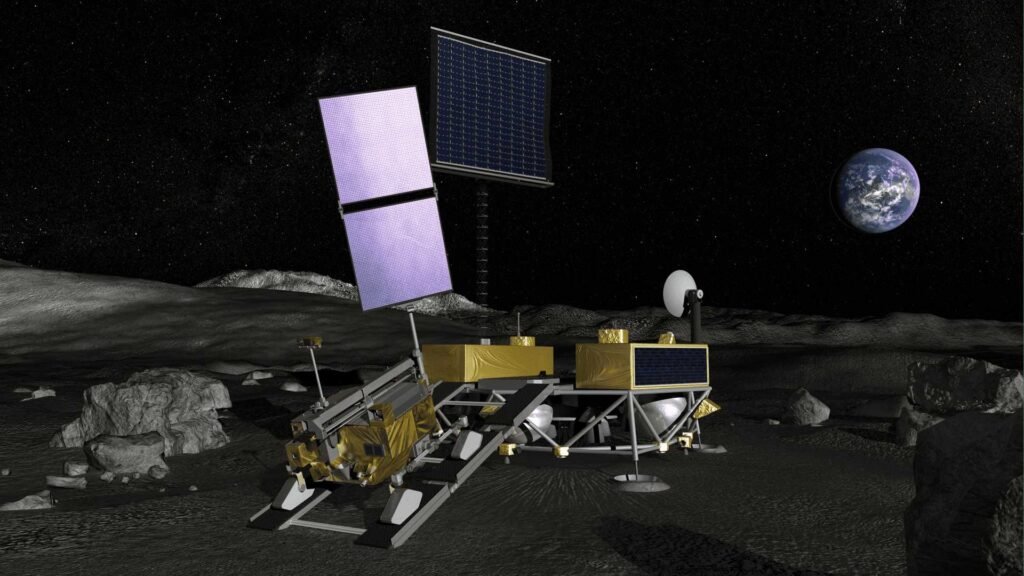
Collaboration:
- Joint mission by the Indian Space Research Organisation (ISRO) and JAXA.
- Aims to explore the south pole region of the Moon.
Launch Details:
- Launch no earlier than 2026.
- ISRO provides the lander, JAXA provides the H3 launch vehicle and rover.
Mission Goals:
- Assess viability for establishing a sustainable base.
- Explore water-ice resources in permanently shadowed regions.
- Showcase exploration technologies for lunar and planetary landscapes.
Key Equipment:
- Water Detector Science Instrument.
- Environment Measuring Instrument.
- Rover for surface exploration.
Precursor to Chandrayaan-4:
- LUPEX serves as a precursor to India’s planned lunar sample-return mission, Chandrayaan-4.
In summary, Japan’s lunar missions demonstrate cutting-edge technology, precision landing, and pave the way for future space exploration.
Also read – Top 15 Space Agencies in the World for 2024
Conclusion
As we conclude our cosmic journey through the ”List of Moon Landed Countries,” we marvel at the collective achievements of nations that have ventured beyond our planet. The legacy of lunar exploration continues to inspire future generations, fostering a sense of wonder and curiosity about the vast expanse of space.
Frequently Asked Questions
Is ISRO sending humans to Moon?
The space agency currently working on manned mission Gaganyaan, which aims to send astronauts into a Low Earth Orbit and bring them back safely to earth. Following the success of its Chandrayaan-3 lunar mission, ISRO is going full throttle with its plans to send Indian astronauts to the Moon by 2040, ISRO Chairman S.
Who landed on moon first?
Neil Armstrong
Neil Armstrong on the Moon: At 02:56 GMT on 21 July 1969, Armstrong became the first person to step onto the Moon. He was joined by Aldrin 19 minutes later. The two spent about two hours together outside the lunar module, taking photographs and collecting 21.5 kg of lunar material to be tested back on Earth.Does Japan landed on the moon?
Japan’s Moon lander ended up on its nose when it made its historic touchdown on the lunar surface. The first picture of the stricken Slim spacecraft shows it rotated 90 degrees from how it should have come to rest.
What was the most successful moon landing?
The Apollo 11 Moon landing in July 1969 was a huge feat of human endeavour, engineering and science. It was a moment that the world had been waiting for. Apollo 11 was followed by six further trips to the Moon, five of which landed successfully. 12 men walked on the lunar surface in total.
What are Indian astronauts called?
vyomanaut (plural vyomanauts) (rare, chiefly India) A person who travels in space for the Indian space program; an Indian astronaut.
Who are the 4 Indian astronauts?
Indian Prime minister Shri Narendra Modi announced on Tuesday that the four astronauts part of the mission would be Indian Air Force (IAF) group captain Prashant Balakrishnan Nair, group captain Ajit Krishnan, wing commander Subhanshu Shukla, and group captain Angad Pratap.
How much Apollo 11 cost?
Apollo 11, the first mission to successfully land man on the moon, cost approximately 355 million dollars, and the final mission, Apo
llo 17, cost approximately 450 million dollars.
Having any queries? – Do reach us at info@scivoyage.com

